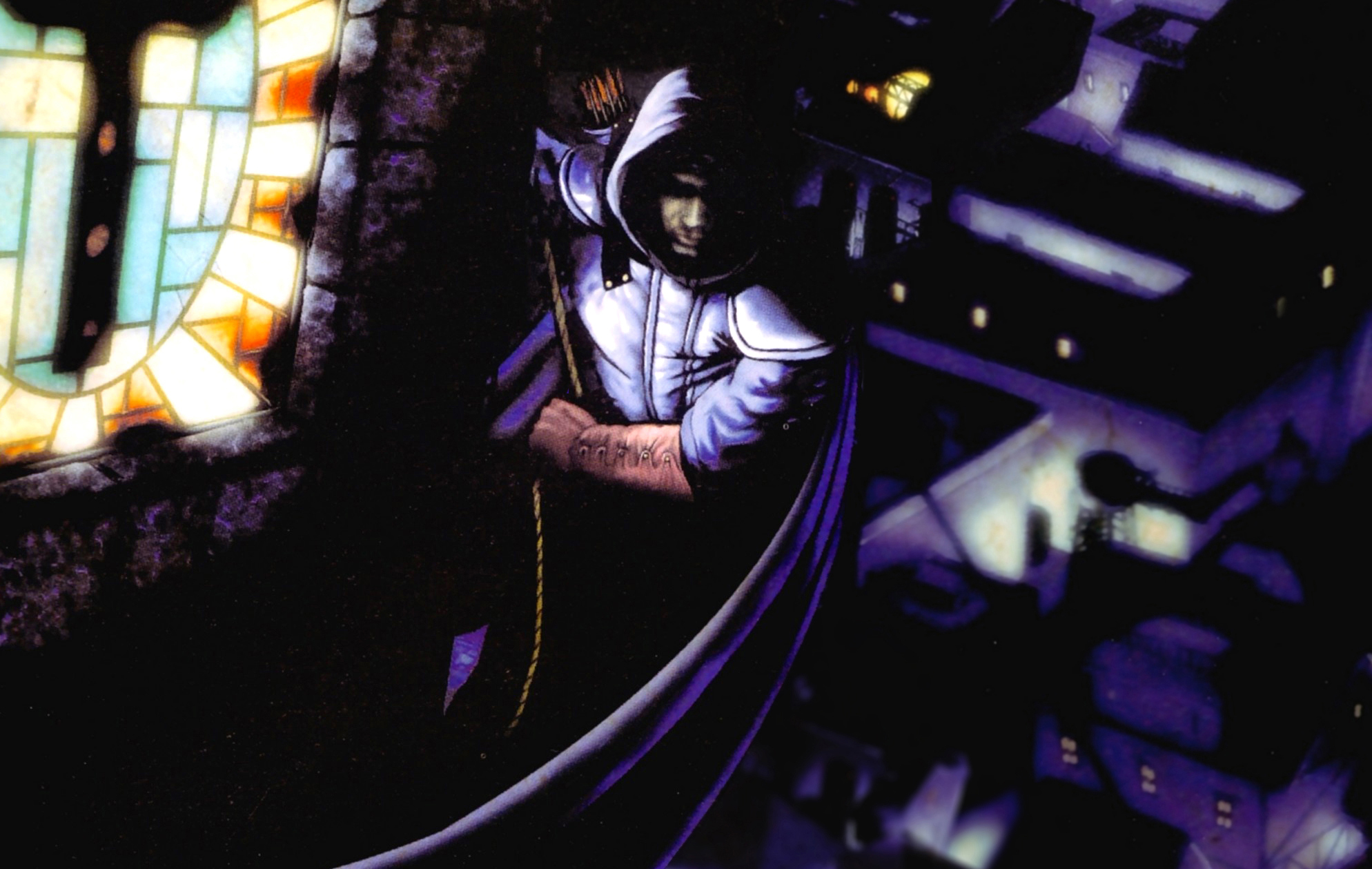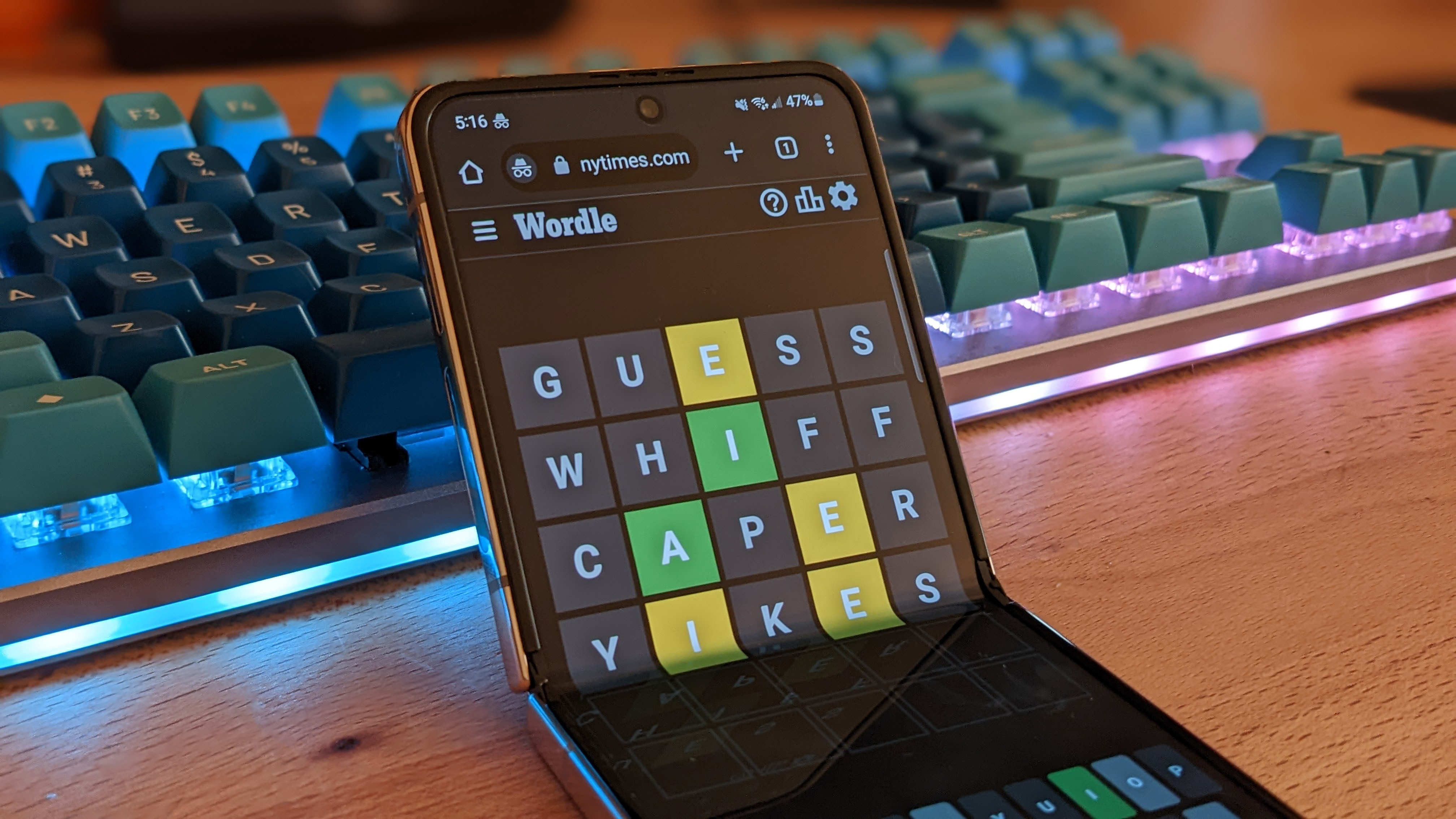
Highest 2 Lowest Review

Highest 2 Lowest opens in theaters Friday, August 22, before streaming on Apple TV+ on Friday, September 5. This review is based on a screening at the Cannes Film Festival.
Spike Lee can shift tones mid-movie like few other directors – and in Highest 2 Lowest, he swings that pendulum as hard as he possibly can. Based on Akira Kurosawa’s 1963 crime drama High and Low (as well as its inspiration, the novel King’s Ransom by Ed McBain), it’s a curious melodrama that evolves in fascinating ways and boasts a tremendous lead performance from Lee’s long-time collaborator Denzel Washington. To say that the pair still has it after all these years and all their successes together and apart would be a massive understatement.
It might not seem that way at first, though. Highest 2 Lowest’s story of kidnapping, class, and moral dilemmas takes Lee back to New York City, his hometown and the setting for some of the most vital entries in his filmography. (Do the Right Thing and 25th Hour, to name a couple.) But the vibrancy the city lends those movies takes a while to emerge in this one, which opens within the comfy, cushy Brooklyn penthouse of record producer David King (Washington). This is by design, though it can be concerning, given Highest 2 Lowest’s initially stilted quality and the sensory assault of Howard Drossin’s ceaseless, oppressive soap-opera piano score.
If the action in the early goings ever moves from these ritzy confines – adorned with expensive artwork depicting Black history and pop culture from Lee’s own collection, and magazine covers highlighting King’s achievements – it’s to show that this is a tale of two New Yorks. In the one occupied by the main character, he glides by the riff raff on the sidewalks in a luxury SUV. Even something as simple as an establishing shot of a long line of police cars, arriving as soon as King calls them to report the apparent kidnapping of his teenage son, speaks to how the city bends to his will. That the child being held for an eight figure ransom is actually the son of King’s less well-to-do driver, Paul Christopher (Jeffrey Wright), puts this split into focus – as does the loaded question of whether or not King will still pay to save the kid.
However, as soon as he’s forced back to his old Bronx neighborhood by the kidnapper (played by A$AP Rocky), Highest 2 Lowest undergoes a radical transformation, resulting in some of the most electric filmmaking of Lee’s career. King is thrust into the other New York in a sequence modeled after the breathless chase of another Big Apple classic, The French Connection, winding through crowded streets during a Puerto Rico Day parade and into the subway on a train full of fans headed to Yankee Stadium. It’s here that Drossin’s score accelerates, becoming propulsive rather than plodding. The fabric of the visuals – courtesy of cinematographer Matthew Libatique – goes from cold and austere to sweltering and more textured, with all the film grain and cinéma verité of a classic, grimy New York indie. This sequence proves that Lee is no King, who strives to show that money and influence haven’t diluted his talent and authenticity. The director has neither missed a step, nor lost touch with the city.
Within this look at modern Black affluence and its contradictions, and what it means to make it in America while stepping on other people’s backs, Lee roots the more intimate drama in King’s relationship with his right-hand man. Christopher is King’soldest friend and loyal confidant, whose prison stint and conversion to Islam make him an immediate target of police suspicion. Wright makes himself appropriately small in the role, ceding space to Washington in a story of how wealth consumes everyone in its vicinity. This has the added effect of allowing Washington the room to turn his ethical conundrum into captivating, Shakespearean soliloquy.
If there was any doubt that Washington ought to be considered one of screen’s greatest performers, Highest 2 Lowest should permanently put them to rest. He crafts an entire history of struggle and ambition through mere glances and fleeting exchanges nestled amidst his showy bombast. As the film goes on, his ego takes center stage in a manner befitting King Lear – that is, until Lee also decides to capitalize on Washington’s action-star charisma, for a thrilling final act that culminates in a viscerally exciting and explosively entertaining confrontation across the glass divide of a recording booth.
Lee hasn’t merely spun a distinctly New York story with Highest 2 Lowest: It’s also one of modern technology, social media, and parasocial relationships of which King is blissfully unaware – until he becomes its victim. It’s a film through which Lee confronts accusations that he’s out of touch, by shaping a character who’s been slowly removed from his own culture and history by wealth and success, until he’s forced back in by circumstances beyond his control (and in many ways, of his own making). The more Lee opens up the world beneath King’s ivory tower, the more he reveals a despondent reality, sketched in hues of fury and despair, forcing him to take stock of the world he’s left behind.






